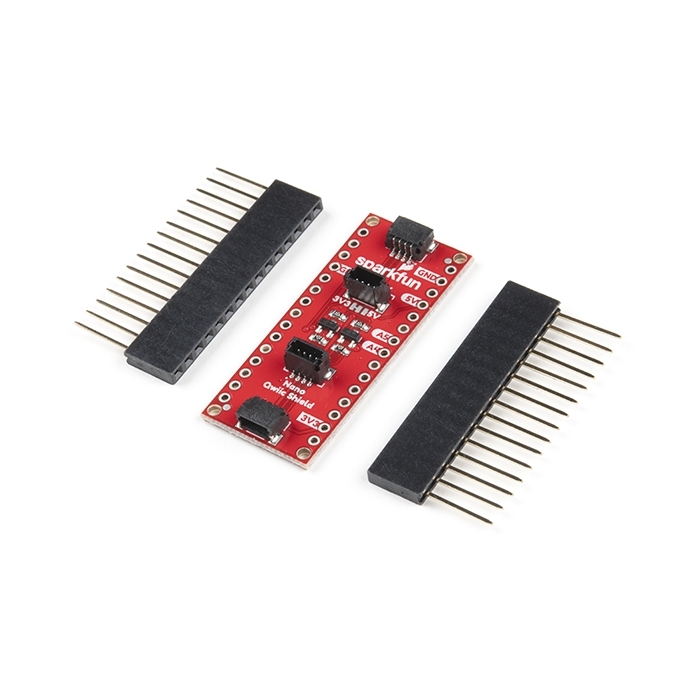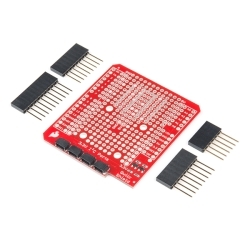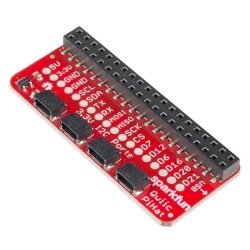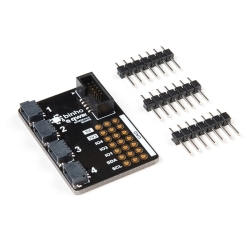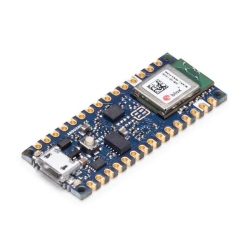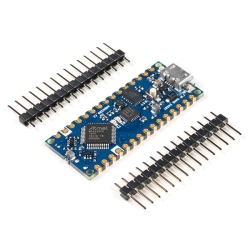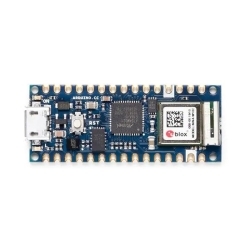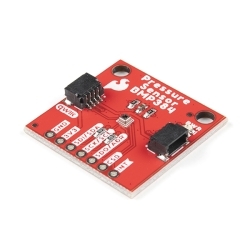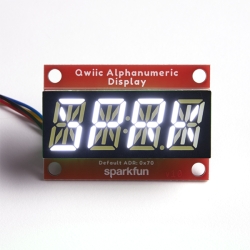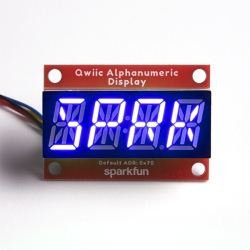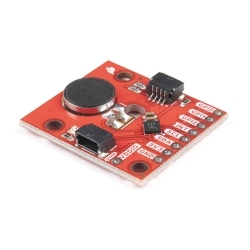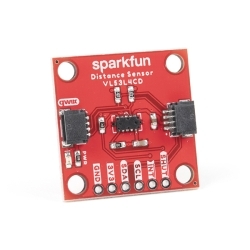SparkFun Qwiic Shield for Arduino Nano
The SparkFun Qwiic Shield for Arduino Nano makes it so you can use SparkFun's Qwiic connect ecosystem with development boards that use the Nano Footprint.
Product Overview
The SparkFun Qwiic Shield for Arduino Nano provides you with a quick and easy way to enter into SparkFun's Qwiic ecosystem with your Arduino Nano board. The Qwiic shield connects the I2C bus (GND, 3.3V, SDA and SCL) on your Arduino Nano to four SparkFun Qwiic connectors (two horizontally and two vertically mounted). The Qwiic connect system allows for easy daisy chaining so long as your devices are on different addresses, you can connect as many Qwiic devices as you would like.
The Qwiic Shield for Arduino Nano comes with two, 15-pin female stackable headers. You will need to solder the headers on to the shield and, if necessary, to your Arduino Nano yourself. Take care to match the markings on the Qwiic Shield to the appropriate pins on your Nano to avoid possibly damaging your boards.
The SparkFun Qwiic Connect System is an ecosystem of I2C sensors, actuators, shields and cables that make prototyping faster and less prone to error. All Qwiic-enabled boards use a common 1mm pitch, 4-pin JST connector. This reduces the amount of required PCB space, and polarized connections mean you can’t hook it up wrong.
Features & Specs
- Arduino Nano Footprint Compatible
- 4x Qwiic Connection Ports
- Logic Shifting Circuit and IOREF Jumper
- I2C Jumper
- 3.3V and GND Buses
Revision Changes: This revision of the SparkFun Qwiic Shield for Arduino Nano, we have only made one change to improve the ease of use of the board, listed below. If users are unsure about which version they purchased, please refer to the product pictures.
- The SparkFun Qwiic Shield for Arduino Nano now includes a pair of 15-pin Stackable Headers.
Customer Reviews

Stock and Customer Discounts
Available Discounts
- $5.23 | 10+ units
- $4.68 | 100+ units

